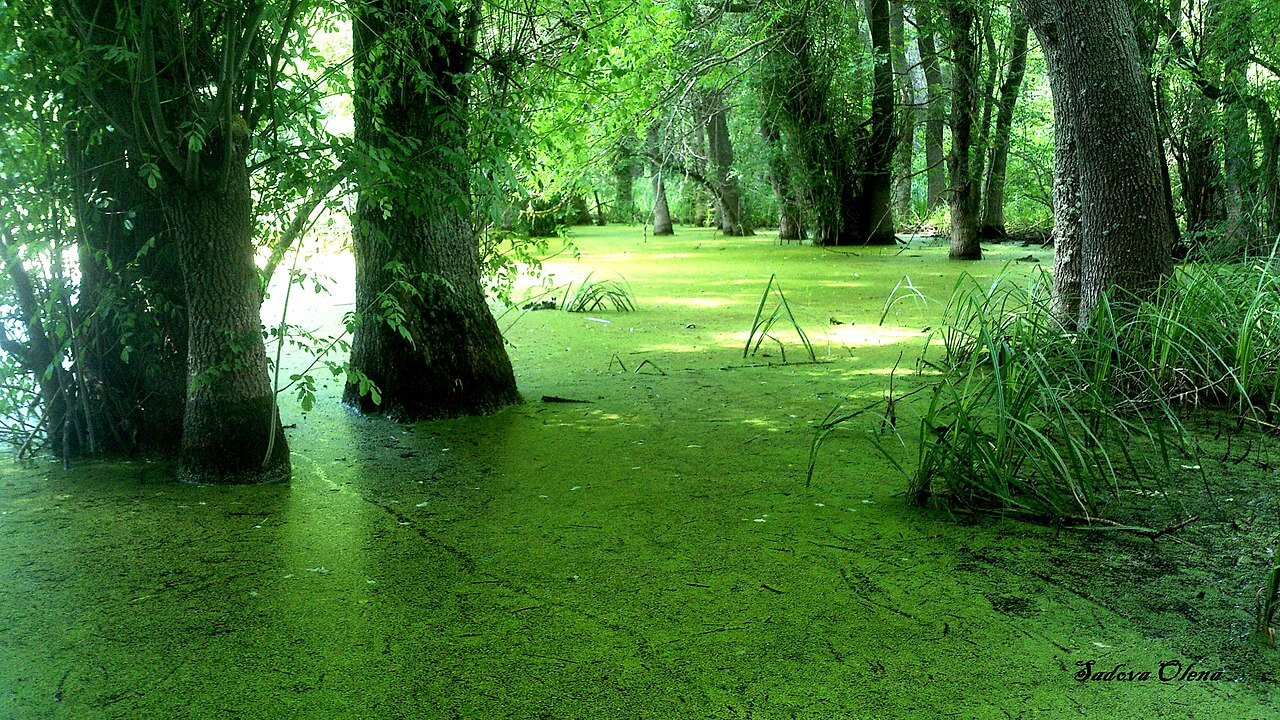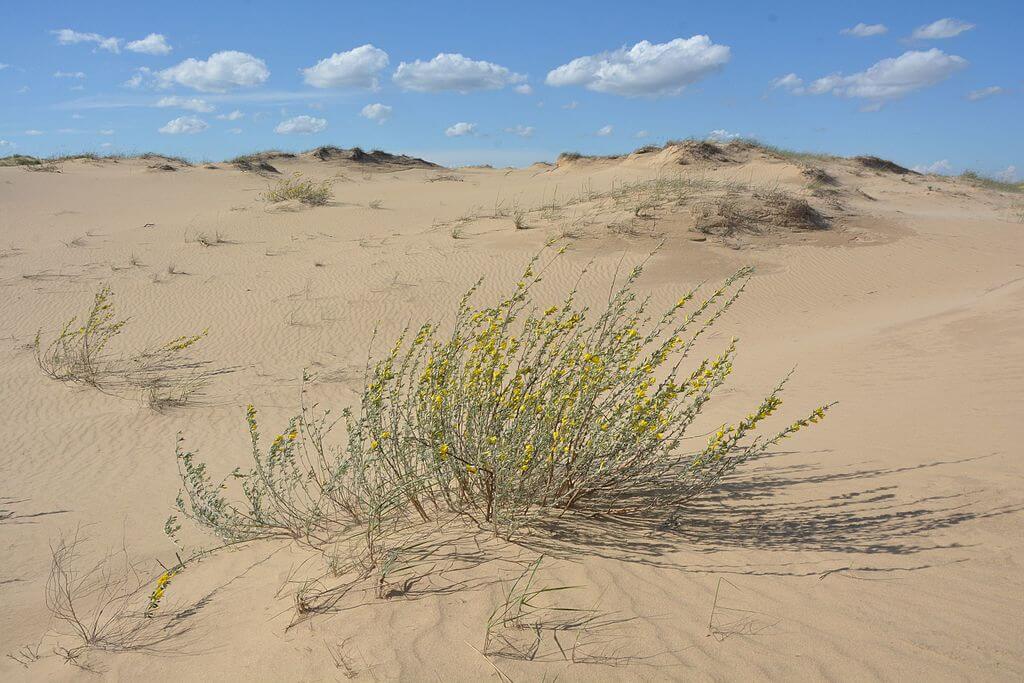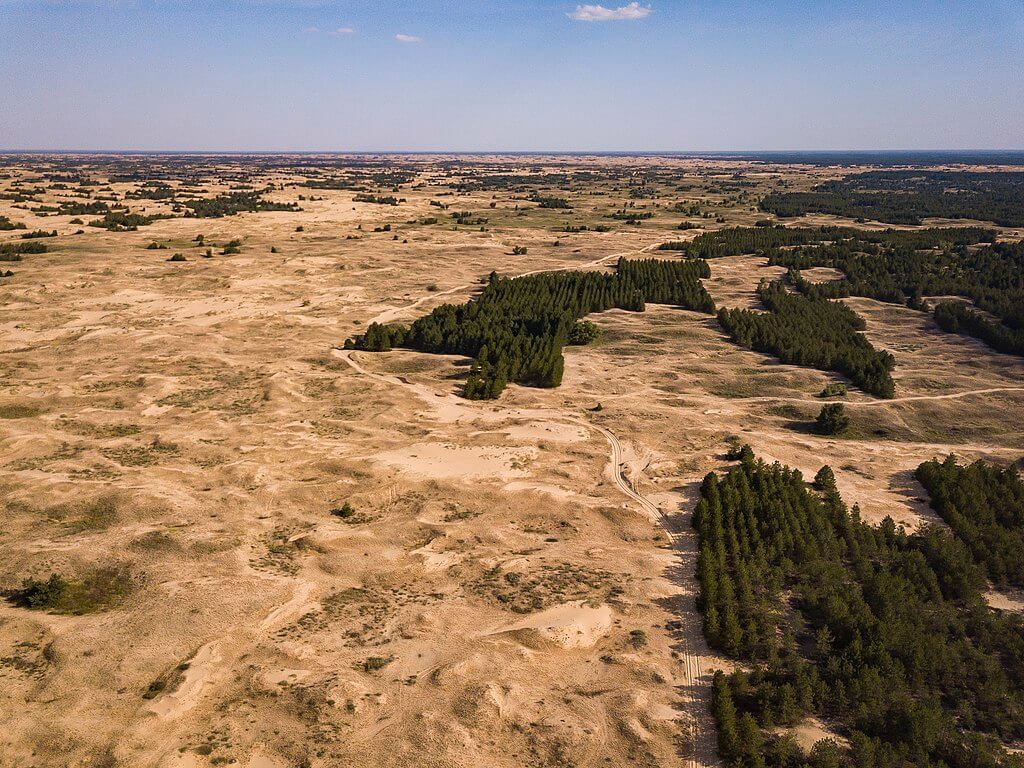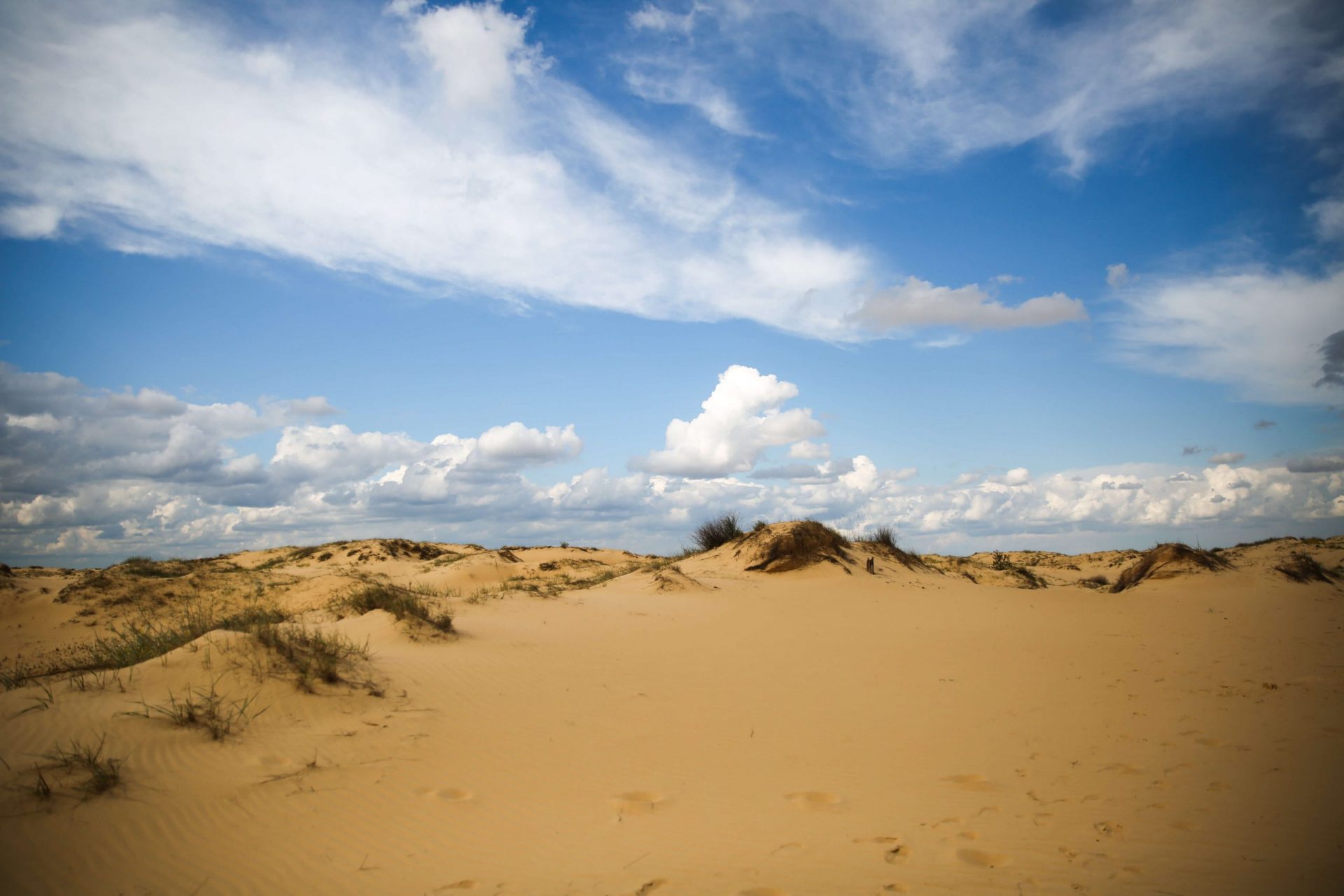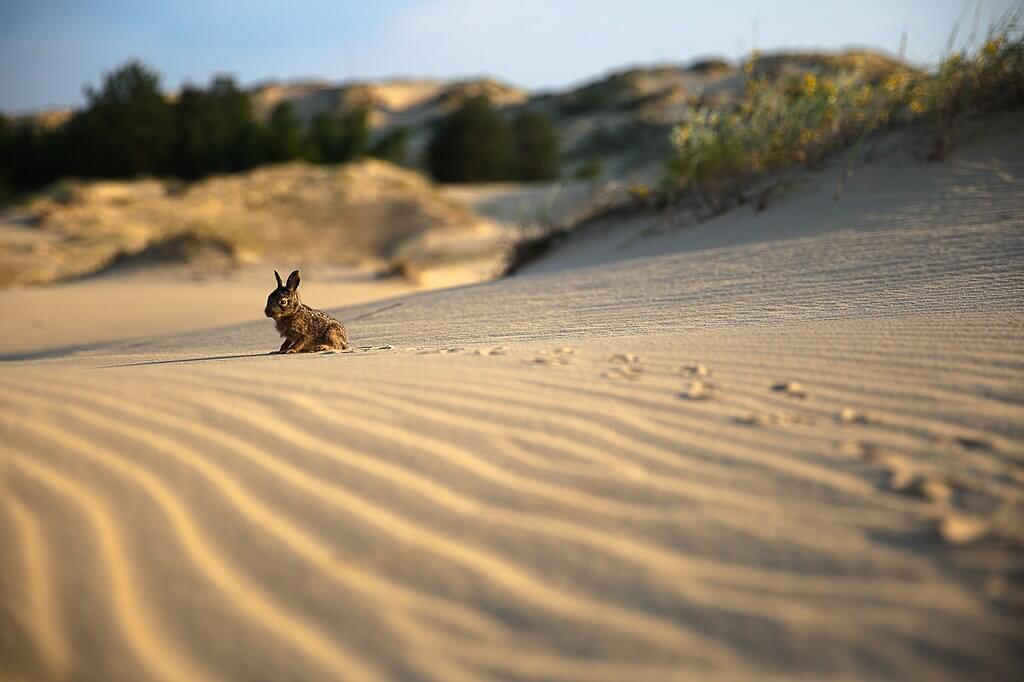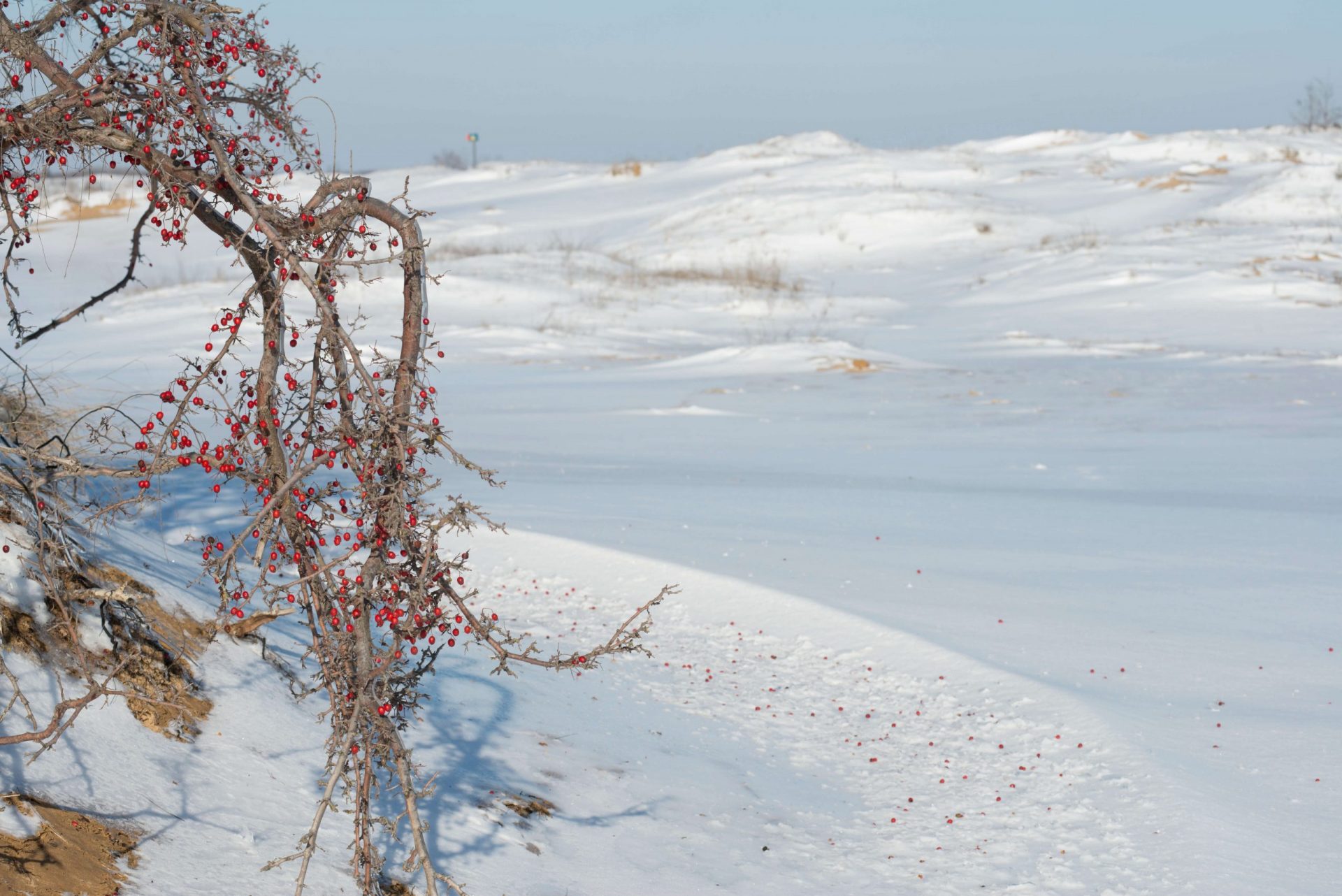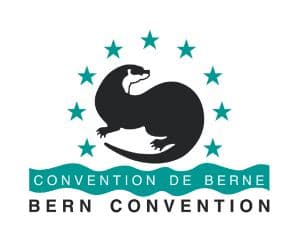Oleshky Sands National Nature Park
Kherson region
About park
In summer, the sand heats up to 70 degrees Celsius, and hot air streams from the sands disperse the rain clouds. Therefore, it is often warmer and less rainy here than, for example, in Kherson. The sand is very light, the wind easily lifts and carries it, forming migrating sand dunes. These can be up to 20 meters high. Sandy landscapes border on groves, swamps and forests.
Unusual plants and animals can be found in the reserve area of the park; it seems that nature has carried out a unique experiment on “mixing” species of animals and plants from the most remote natural areas. Here, at a distance of mere tens of meters from each other, you can see on the one hand the burrows of thick-tailed three-toed jerboa (Stylodipus telum), and on the other – several species of wild orchids in a wet meadow among the groves of Betula borysthenica Klokov.
Enjoy
What to do






Fauna
Flora
116 sq. km.
Park area

educational trails
natural lakes

animal species
plant species
of artificially created forest, the largest artificial forest in Europe (and according to some sources – in the world!)
the sandy area twice as large as the area of Kyiv
Увага!
The territory of the park borders on the military training ground where the exercises resumed. Before visiting the park - be sure to notify the administration. You will be accompanied by a park worker to keep you safe.
How to get here
to Kherson. From Kherson railway station by suburban train Kherson-Vadym to Radensk station.
to Kherson. From the suburban bus station by bus Kherson – Radensk, as well as any bus going through the village of Radensk.
to the village of Radensk. Near the hotel “Golden Pheasant” exit from the highway and follow the signs to the park.
From “Oleshky Sands” to
the region centre of Kherson – 40 km
Kyiv – 590 km
Kharkiv – 650 km
Lviv – 1030 km
the nearest airport is in Kherson.

